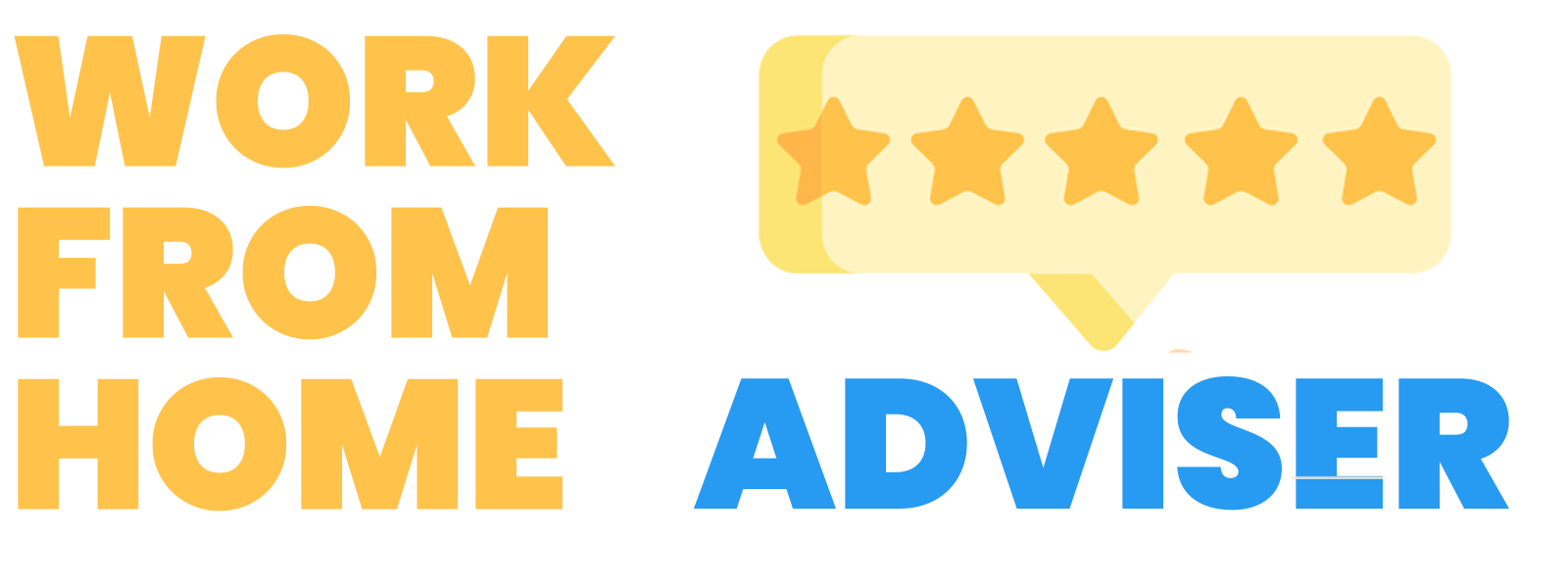The modern world has brought about many changes, and remote work is a particularly seismic example, dramatically transforming a multitude of industries, including graphic design.
As we continue to embrace tech advancements, graphic designers are venturing beyond traditional office spaces and discovering new realms of creativity within the comforts of their own homes or co-working spaces. If you’re a graphic designer looking to transition into remote work, RemoteWork is an excellent job board that specializes in remote opportunities, making it easier for you to find positions that suit your skill set.
This shift not only highlights increased levels of flexibility and convenience but also showcases how technology enables seamless virtual collaborations with clients and teams worldwide.
To illustrate the significance of this, let’s get up close and personal with understanding these changes, and explore how you can adapt effectively to thrive in your graphics design career in this increasingly remote era.
Exploring the Benefits of Remote Work for Graphic Designers
Transitioning from traditional work setups to remote environments, graphic designers can enjoy a wealth of benefits. Let’s talk about what these advantages can look like:
- Flexibility and Freedom: One primary perk is the sheer freedom offered by remote working conditions. You can choose where you want to work, paving the way for true creative liberty.
- Cost Savings: Working remotely could mean significant financial savings on commuting costs or expensive lunches at city-center eateries.
- Global Opportunities: Being able to work from anywhere opens doors to international clientele without any geographical limitations.
- Increased Productivity: With no time wasted in long commutes or unproductive meetings, designers often find they have more focused hours in the day. It just takes the right approach.
However advantageous, remote work might present its fair share of challenges as well. It’s important that designers are equipped and ready when transitioning their careers towards this growing trend.
How Cloud-Based Tools Are Revolutionizing Graphics Design
Technological advancements have completely reshaped the tools available to graphic designers. One key game-changer is cloud-based software. This generation of design solutions and collaboration-facilitating platforms offer endless possibilities:
- AI image creation: You can empower your vision with AI image creation, leveraging tools that amalgamate creative artistry with data-driven intelligence for an unmatched design experience.
- Cloud storage solutions: Software such as Google Drive and Dropbox simplifies file sharing while ensuring work is never lost.
- Project Management Systems: Asana or Trello can help streamline tasks and promote efficient collaboration within remote teams.
By embracing these cutting-edge, cloud-powered tools, you’re not only capitalizing on technology to enhance your skill-set but also creating an adaptable workspace that mirrors the dynamic nature of contemporary graphic design.

Project Collaboration in a Digital World: New Tactics and Techniques
In the era of remote work, project collaboration can seem daunting for graphic designers used to face-to-face interaction. But don’t let geographical distances deter you. Here are some tips to enhance your online collaborations:
- Effective Communication Tools: Utilize software like Slack or Microsoft Teams not only for team chats but also manage projects, share files, and hold virtual meetings.
- Transparent Task Assignment: Platforms such as Monday.com help clearly allocate tasks within a team ensuring everyone knows their responsibilities.
- Regular Check-ins: Schedule regular video conferencing calls with clients and colleagues to keep everyone on the same page throughout the progress.
- Time Tracking Software: Tools like TimeDoctor or RescueTime offer insights into how much time is spent on each task ensuring fair billing hearings.
Effectively leveraging these strategies can alleviate possible anxiety associated with collaborative design undertakings in virtual spaces while fostering a systematized workflow approach in your graphic design career.
Building Your Brand as a Remote Graphic Designer: Essential Tips
Being a remote graphic designer comes with unique opportunities to build your personal brand online. Stand-out and reach potential clients by following these pivotal tips:
- Online Portfolio: Showcase your work through an easily accessible, well-curated online portfolio. This platform will serve as the core showcase of your talent, creativity and range.
- Personal Website or Blog: A personalized website goes beyond just displaying your work. It tells a story about you as a designer which helps in building lasting connections with clients.
- Networking Online: Engage on platforms where potential clients are present such as LinkedIn or Behance. Also participate in relevant design communities on social media channels like Reddit or Instagram.
- Continual Learning: Show potential employers that you’re constantly evolving skills via professional development courses. Sites like Skillshare and Coursera can provide this opportunity at home.
Employing these strategies not only boosts visibility but also presents you as an industry expert who is prepared for innovative, remote centered work culture.
The Role of Communication Skills in Successful Remote Graphic Design Careers
Powerful communication skills are vital for remote graphic designers to connect effectively with clients or teams across the globe. Strive towards enhancing these specific aspects:
- Active Listening: Listen not only respond, understand the client’s needs and goals completely before beginning any design project.
- Clear Articulation: Ability to explain your vision and ideas clearly without face-to-face interaction is crucial in a remote scenario.
- Feedback Reception: Embrace constructive criticism with an open mind; it allows you to better your work while meeting client expectations more accurately.
- Punctuality: Ensure you respond promptly to messages or emails which builds reliability with your team or clients.
Whether interacting using chat platforms, video calls, or emails, clear and responsive communications can significantly impact how smoothly projects run.
Drawbacks of Working Remotely as a Graphics Designer: Overcoming Challenges
While remote work has its undeniable benefits, it carries its own unique set of challenges worth acknowledging:
- Isolation: Being physically removed from your team or client can fuel feelings of isolation and disconnect. Bridging gaps through regular video meetings, or even virtual coffee breaks, can help maintain human connection.
- Work-Life Balance: The lines between personal life and professional responsibilities may blur in a home-office setup. Establishing separate spaces for work and relaxation can aid this effectively.
- Communication Issues: Miscommunications are bound to happen without face-to-face interactions; hence, opting for clear, concise language in emails or chats is essential. Seeking clarification whenever unsure avoids frustration later on.
Being aware of these potential issues arms you with the necessary awareness needed to combat them preemptively, enabling you to revel fully in the advantages of remote graphic designing.
Conclusion: The Future Projection of Remote Work In Graphics Design Careers
As we look ahead, it’s clear that remote work is not just here to stay but projected to expand in the graphics design industry.
In this context, it’s important to be attuned to further technological advancements that are making waves right now. AI and VR technologies are likely to become more deeply integrated into our day-to-day designing process, for instance.
There’s also the guarantee that globalization will Increase. And as international collaborations rise, this will add richness and diversity to design influences.
Moreover, the emphasis on soft skills will grow. Even without sharing a physical office space, there will still be a need for excellent communication and time management skills for designers. In fact, these could arguably be more important than ever in a remote work context.
So in short, adapting your career trajectory to take future changes into account can let you reap tremendous rewards. Staying informed about trends whilst honing technical skill-set alongside refining your soft skills means you’ll remain marketable and relevant, even if what employers are looking for is quite different than in the past.






